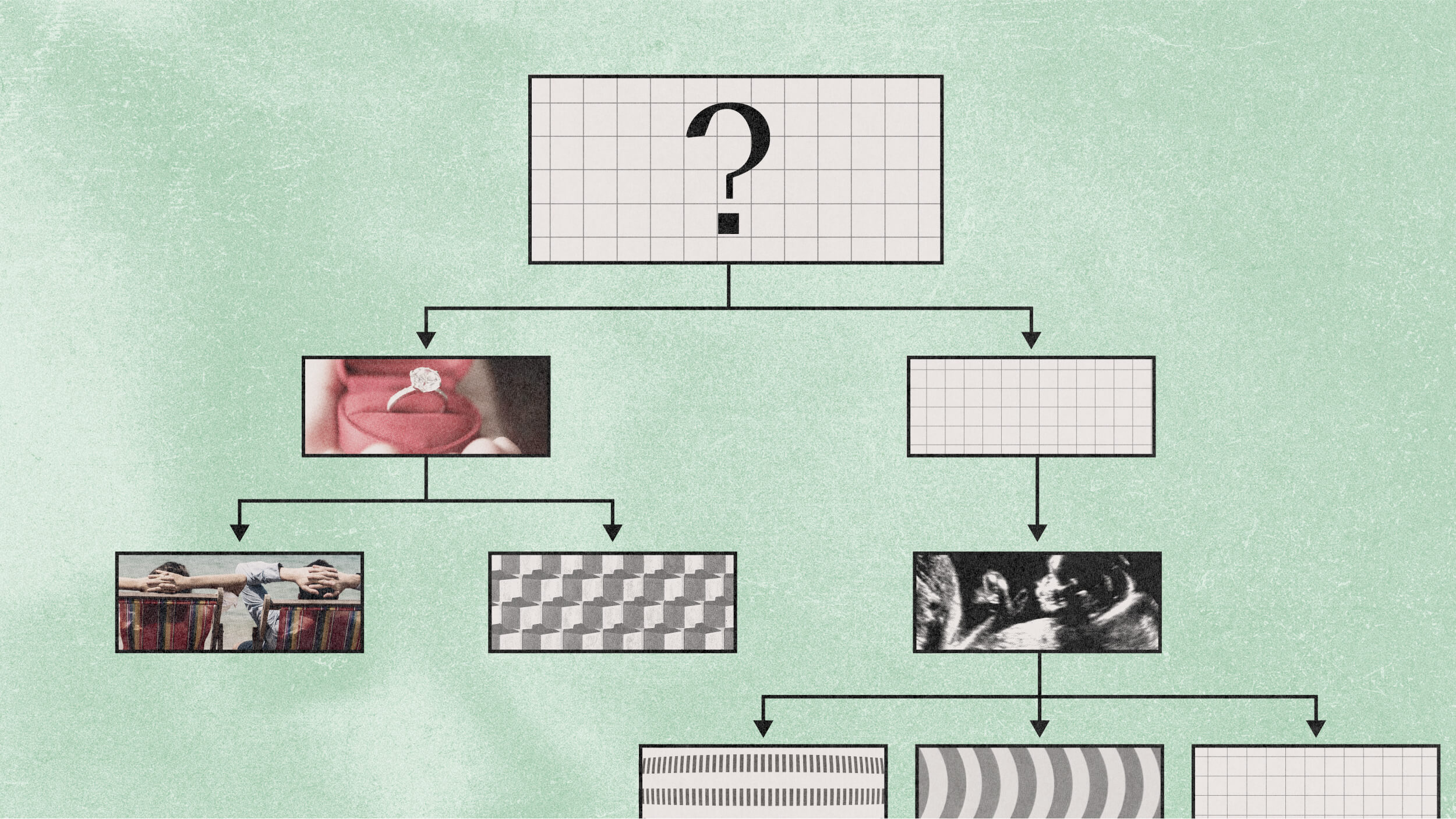Mary Lou Jepsen started the race to produce a low-cost laptop.
Jepsen: I have a lot of-- I used to be the chief technology officer of the display division at Intel, so I’ve got a lot of knowledge about the Intel OLPC relationship but in general, and it was very difficult and unfortunate that it couldn’t have lasted longer, but in general the laptop market has really been-- this laptop market, the low-cost laptop market was I think clearly started by One Laptop Per Child and the work I did in it and many, many others in architecting what they all thought was-- I mean Craig Barrett said it was crazy, right, it would never work and it was a gadget. But we did it and Quanta actually came in who’s a computer maker that most people have never heard of and has shipped six million laptops like this little XO laptop in the last six months. And so that’s really gotten industry to wake up. And Dell just showed their competitor to this laptop this week at a conference called D, the Wall Street Journal Conference, and HP has certainly shown theirs, and Intel of course. Next week there’s a conference called Computex in Taiwan. It’s every June in Taiwan and there will be a coming out party for about 50, 5-0, low-cost small laptops, so everybody’s getting in on it. The analysts think it’s going to be half of the laptop market very quickly by 2010 and I think it’s terrific. I think that’s the way to make it happen is figure out we should all be making laptops cheaper and lower power and easier to carry around. There are some tradeoffs. The screen’s a little smaller, so that’s something that my new company is really chewing on is how do we make a great screen experience in something that’s more portable, somehow, some way? And so one thing that we announced two weeks about with OLPC was basically two screens, one on each side of the laptop so you can have a book, sort of like that, or you can have a laptop where you type here on one screen and you got this screen up here but it’s more screen real estate in a smaller area.
Question: What company is doing the best work?
Jepsen: I’m pretty excited about some of the stuff we’re doing with some of the companies basically at integrated touch, sunlight readability, and really an e-book like look on the laptop. As far as the motherboard I think that the days of the-- for this area I think the CPU makers, the microprocessor makers are scared because at the low end, I mean the word that makes an executive at a CPU maker sort of shudder in fear is the word “commodity” right? And when you’re making lots of something for a very low cost it’s pretty hard not to use that word and so they’re thinking, “Well how do we not be a commodity?” And so they’re trying to work on lower power but what I contend and what the design of the OLPC laptop shows, no matter how low power your CPU is it’s much lower power by turning the thing off, which is what the OLPC XO does. We turn off the whole motherboard in a tenth of a second while somebody is just pausing, looking at the screen, thinking, whatever, showing the picture to somebody. And then if there’s a key press event or a packet comes over the internet, it wakes up and so it’s sort of opposite because the CPU makers are so dominating this sort of march of computing and been so incredibly effective but then when you look at something at the low end you just want to use whatever is a pretty low cost CPU and turn it off most of the time because why use it if somebody is just typing an email or thinking or surfing the web or writing a paper and thinking about what they’re going to say? They don’t need it. What they really care about is their battery lasting for 20 hours, especially for the developing world, but in the developed world as well. And so for the CPU makers it’s difficult and so I feel their pain and I want to help. But I think that the future portable computing is all about the screen. It’s the most expensive and most power hungry component and so we’re trying to improve the screen and the reading experience because people want to be able to read on the screen.





